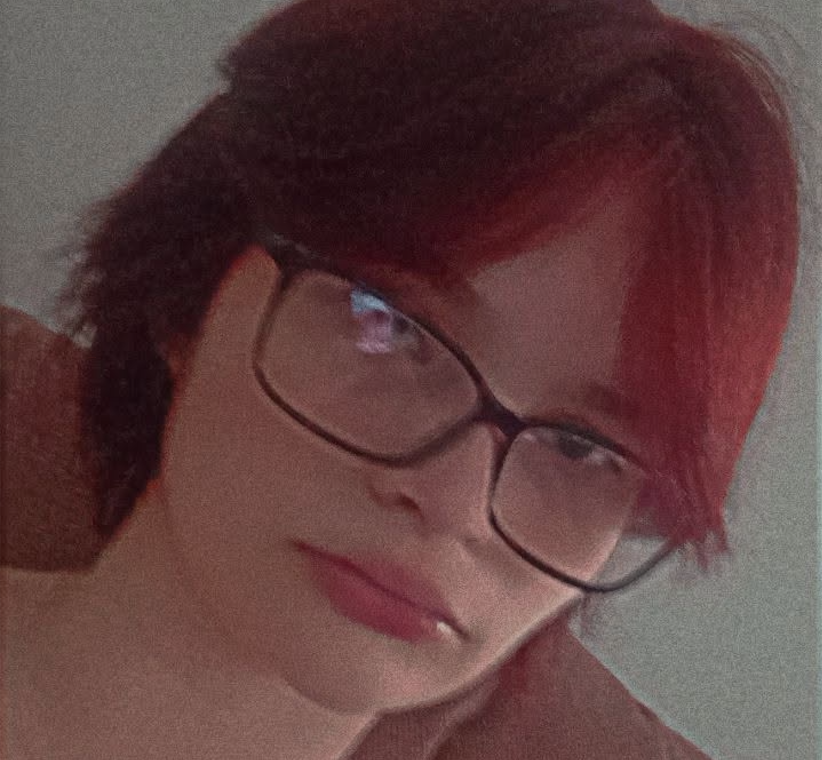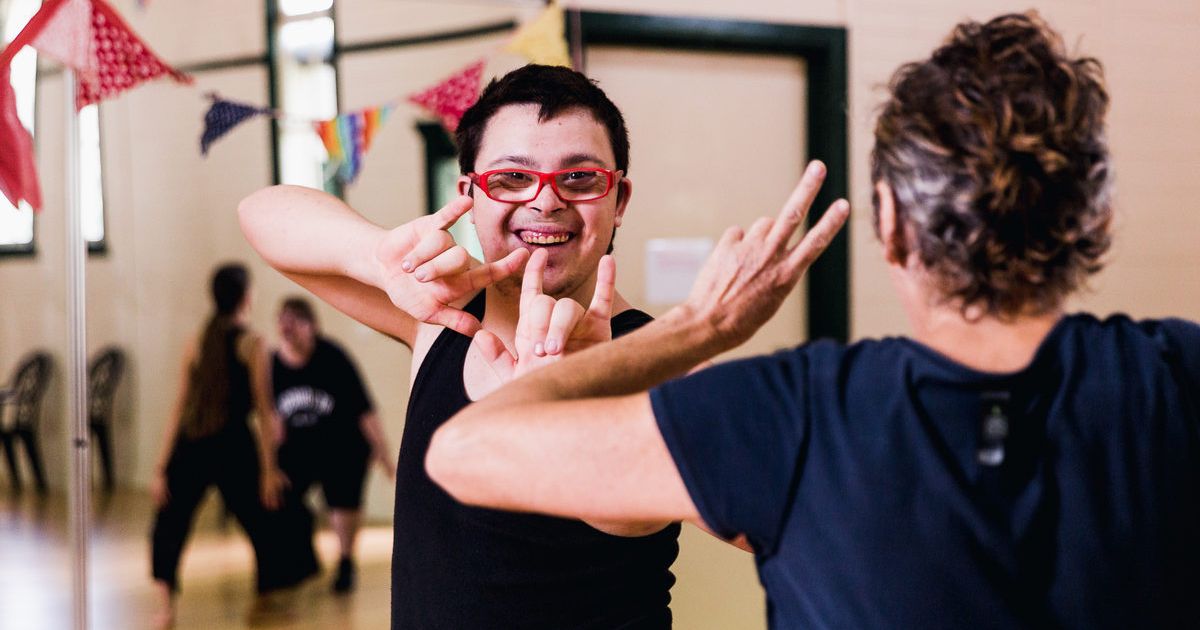New report shines light on kids in chronic pain
A NEW report from Chronic Pain Australia has revealed billions in lost productivity in Australia each year.
The inaugural Kids in Pain Report has articulated how chronic pain affects 877,000 children and young people, and their families, during Kids in Pain Week from September 22 to 28.
The research showed that almost half of parents and carers drastically reduce work opportunities and income to care for their child, disproportionately affecting women.
Of children and young people living with chronic pain, over 84 per cent struggle with sleep, 85 per cent are unable to participate in sport, and over 82 per cent experience significant mental health impacts.
Chronic Pain Australia chair, Nicolette Ellis, said it was costing families and the nation dearly.
“Too often, children’s pain is dismissed, even by health professionals, as anxiety, growing pains, or just normal,” Ellis said.
“Families are left on long and expensive merry-go-rounds for answers, and many children wait up to three years for a diagnosis.”
Lismore student Salem Thomas-Mallet had an accident at a school concert at eight, twisting her ankle, and was later diagnosed with CRPS (Complex Regional Pain Syndrome).
“Due to living in a domestic violence situation at the time, I was forced to walk, leaving the injury unhealed,” she said.

“When I was diagnosed, it was overwhelming. Mum still struggles with the fact that I’m going to have to deal with it for the rest of my life.
“Not being able to do things like other kids could do and not knowing why affected my mental health a lot.”
The 18-year-old finds normal activities, such as showering or brushing her teeth, impossible during a flare-up.
“Most days I have to hold onto my mum’s arms so I can stand, as it hurts too much to put my weight on my legs,” she said.
“I don’t think there is enough support around kids in chronic pain, as people think of someone older – there is a lot of misconception,” she said.
“I don’t think it’s fair to leave kids who are struggling in pain.”
Ellis said chronic pain has been the leading cause of disability and lost productivity in Australia for decades.
“It’s not recognised as a condition in its own right, which means chronic pain is missing from policy, analysis and service planning, and our children are paying the price,” she said.
For information, visit chronicpainaustralia.org.au/kids-in-pain



















